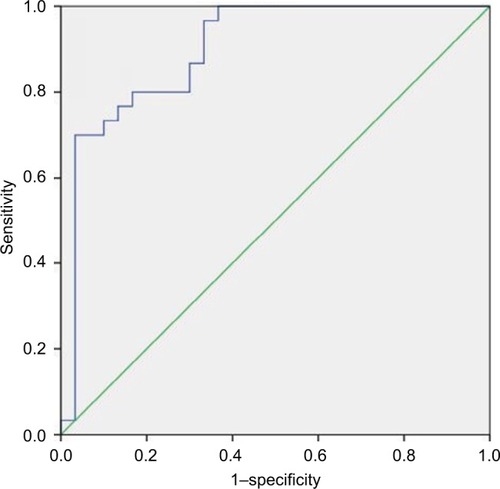Figures & data
Figure 1 (A) Histopathology of psoriasis (H&E ×100). (B) Histopathology of chronic dermatitis (H&E ×100).

Table 1 Comparison of quantitative histopathologic parameters between chronic dermatitis and psoriasis
Table 2 Comparison of quantitative histopathologic parameter ratios between chronic dermatitis and psoriasis


